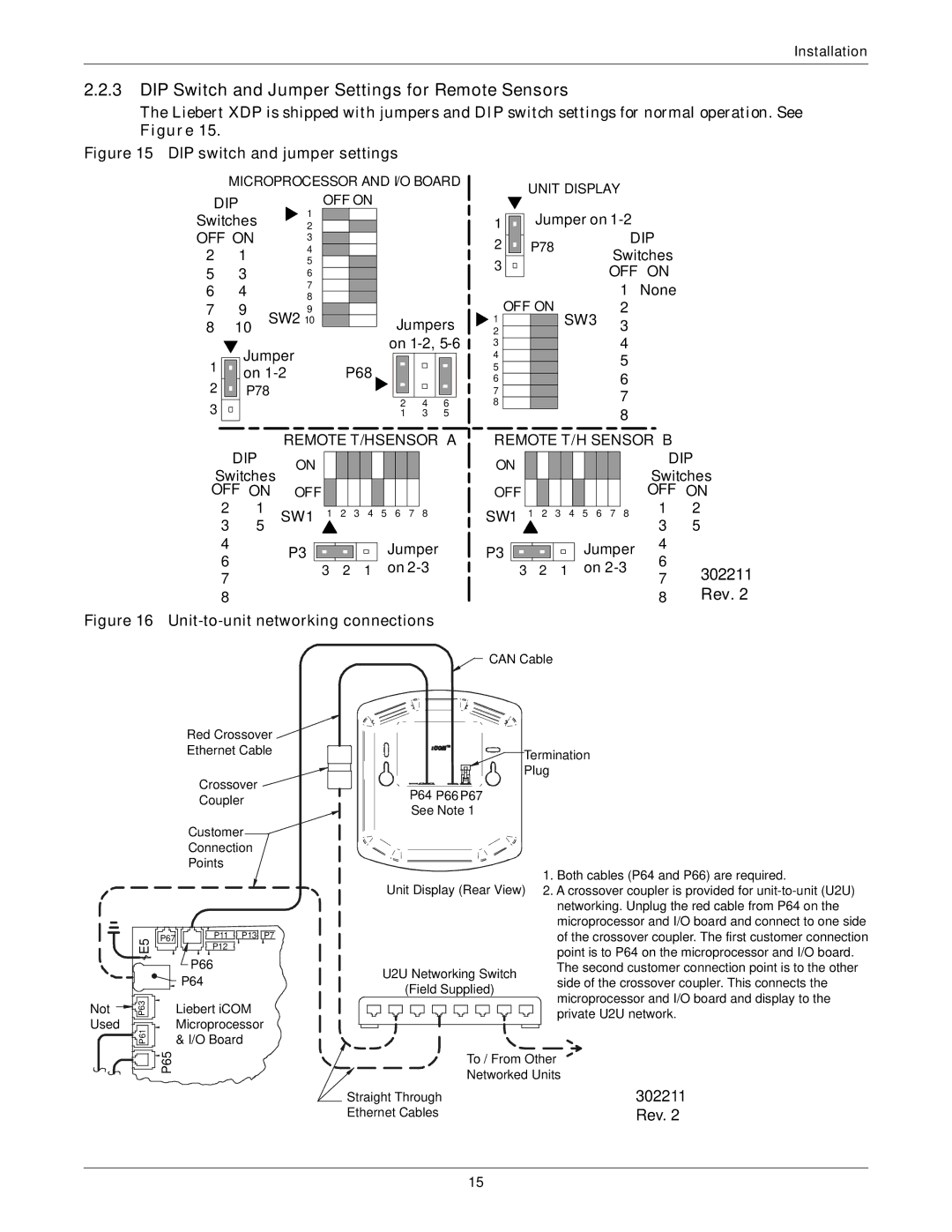XDP160RA, XDP160RC, XDP160RM specifications
The Liebert XDP series is an innovative line of uninterruptible power supplies (UPS) designed to safeguard critical IT equipment and ensure reliability in demanding environments. The XDP160RM, XDP160RC, and XDP160RA models are distinguished by their robust features and advanced technologies, making them ideal for data centers, server rooms, and telecommunications.One of the standout features of the Liebert XDP series is its high power density. The XDP160RM, XDP160RC, and XDP160RA models provide 160 kVA of power in a compact design, occupying minimal floor space. This efficient design maximizes data center performance without compromising on reliability.
All three models utilize advanced digital signal processing (DSP) technology that enhances system performance and efficiency. The DSP technology ensures high efficiency rates, often exceeding 95% in online mode. This not only reduces energy costs but also minimizes heat output, contributing to a more sustainable operational environment.
The Liebert XDP series is equipped with multiple output configurations, allowing for versatile installation options. The modular architecture of the UPS systems allows for easy scalability to meet future power demands without the need for complete system replacement. This flexibility is crucial for businesses expecting growth or changes in IT infrastructure.
Another important aspect of the XDP160RM, XDP160RC, and XDP160RA is their advanced battery management systems, which optimize battery performance and longevity. The integrated smart battery charging technology prevents overcharging and extends battery life, ensuring that the UPS is always ready during power interruptions.
Additionally, the systems are designed with user-friendly interfaces that facilitate ease of monitoring and management. With real-time data on power usage, battery status, and overall system health, IT administrators can quickly address any issues that arise. The monitoring capabilities extend to remote access, enabling users to manage the UPS systems from virtually anywhere.
The Liebert XDP series also incorporates enhanced safety features, including fault detection and automated alerts, which further bolster reliability. With a strong commitment to maintaining uptime and safeguarding critical operations, the XDP models are a wise investment for any organization reliant on continuous power availability.
In conclusion, the Liebert XDP160RM, XDP160RC, and XDP160RA UPS systems are engineered to deliver exceptional power protection through high efficiency, advanced technologies, and user-friendly management features. These models are positioned to meet the rigorous demands of modern IT environments, ensuring that businesses can maintain operations without interruption.

